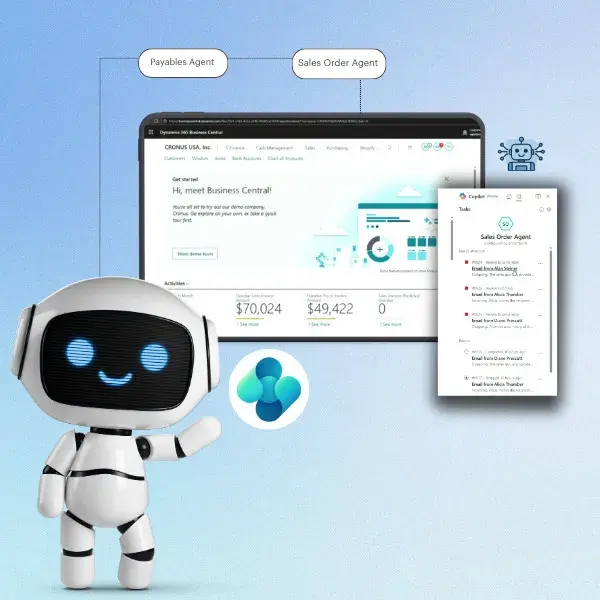Trade promotion schemes are prevalent across manufacturing industry especially Consumer & Packaged Goods, Building & Material to name a few. These OEMs typically spend 15% to 20% of their revenue on trade promotions. It is the second largest cost behind cost of goods sold, incurred by some of the large OEMs. Fierce competition and changing customer preferences is impacting growth of these OEMs thereby compelling them to look out for ways to effectively manage the trade promotion schemes and increase the ROI.
From time to time, OEMs come up with new trade promotion schemes with varied objectives which could be to increase the visibility of some specific products, improve brand awareness, increase sales, gain market share, push new products or improve distribution of their products at retailers. However, its often seen that these schemes are unable to meet the defined objective and at times it becomes quite challenging to even monitor their performance. So effectively managing the entire life cycle of trade promotions has a far reaching impact.
One of the key challenges in successful planning & execution of these schemes is lack of accurate & timely information and analytical tools to enable informed decision making. Multiple data sources and conflicting needs from various department further complicate the issue. OEMs lack tools to analyze the performance of trade promotions schemes executed in past and leverage those insights to improve planning. Hence predictability of the outcome of future schemes, analyze how change in any of the critical parameters such as qualification criteria, benefits will impact the scheme outcome, simulate how the scheme is expected to perform and accordingly fine tune the same to improve its success rate.
As these schemes are launched in collaboration with the channel partners so alignment of OEM’s objectives with that of the partners becomes utmost important. Unless the scheme information is timely communicated, its objective clearly understood by the target partners, performance monitored regularly it will defeat the whole objective.

Timeliness and accuracy of information flow and process hand offs across ecosystem also play an important role. One of the key challenges that the channel partners face is the lack of visibility and understanding of the ongoing & upcoming trade promotion schemes launched by the OEM.
The key is to have a unified system to manage the entire lifecycle of trade promotions including scheme planning & defining scheme objectives based on analyzing historical performances of schemes, identifying beneficiaries, set targets & qualification rule, manage scheme approvals & launch, timely and consistent communication to all internal & external stakeholders, tracking & monitoring scheme performance and taking corrective actions to align with partner’s expectations, communicating scheme performance, generating pay outs, managing settlements and drawing relevant analytics to analyze performance of the schemes.





